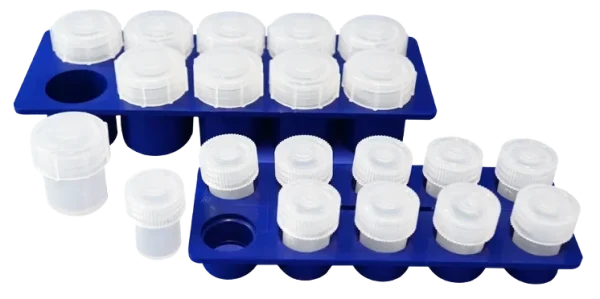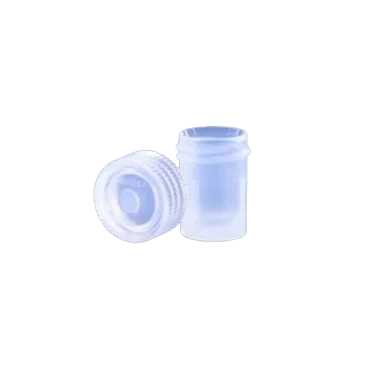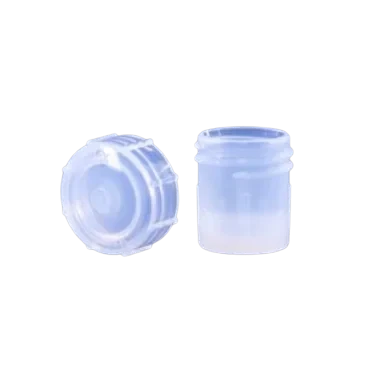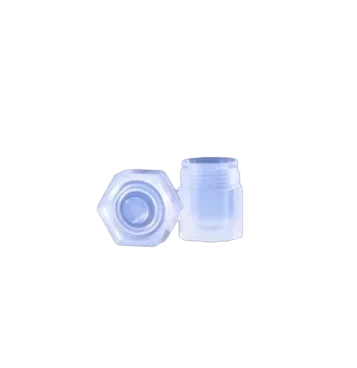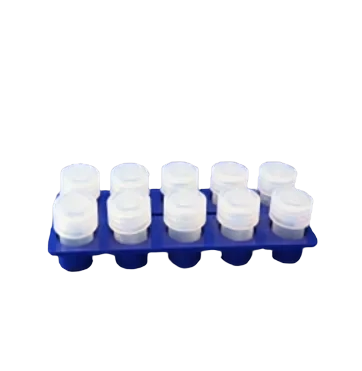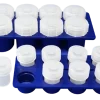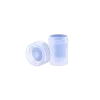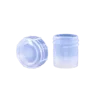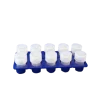- Purillex? PFA Vials stand at the forefront of pharmaceutical storage solutions.
- Manufactured using high-quality perfluoro alkoxy (PFA) polymer, they are ideal for stability testing, final drug product sample storage, vaccine seed stock preparation, viral vector storage, and LNP formulations.
- Purillex Vials offer a combination of closure integrity, inertness, purity, and durability which guards stored samples against contamination and pharmaceutical substances against alteration.
- Purillex PFA Vials are available individually, packaged in racks of ten, or in an eco-friendly bag refill.
- The racked version ensures convenient accessibility to individual vials and enhances efficiency during inventory management.
- The alpha-numeric labeling simplifies identification, allowing for quick retrieval and minimizing the risk of errors in busy pharmaceutical environments.
Purillex PFA Vials
In Stock
Use the filters below to view all product variations.
No items found for your selection.
Purillex PFA Vials Specifications
| Product Number | Size | Quantity | Add to Quote |
|---|---|---|---|
| Product Number:Z-271-01-003-20 | Size:3mL | Quantity:Each | |
| Product Number:Z-c-01-007-20 | Size:7mL | Quantity:Each | |
| Product Number:Z-271-01-007-20-50 | Size:7mL | Quantity:50 Per Case | |
| Product Number:Z-273-01-007-20-100 | Size:7mL | Quantity:100 Per Case | |
| Product Number:Z-271-01-015-20 | Size:15mL | Quantity:Each | |
| Product Number:Z-271-01-015-20-50 | Size:15mL | Quantity:50 Per Case | |
| Product Number:Z-273-01-015-20-100 | Size:15mL | Quantity:100 Per Case |
- Available in 3 mL, 7 mL, and 15 mL sizes
- A high-integrity seal is ensured, without the need for secondary seals or inserts
- All vials are also round-bottomed for ease of content removal
- Purillex vials are suitable for a wide range of stability test protocols and can be used to minimize the usage of valuable final products for stability and materials testing and validation
- The injection molding process produces excellent thread quality and avoids the need for secondary machining of the vial lip, greatly reducing the risk of particulate contamination
